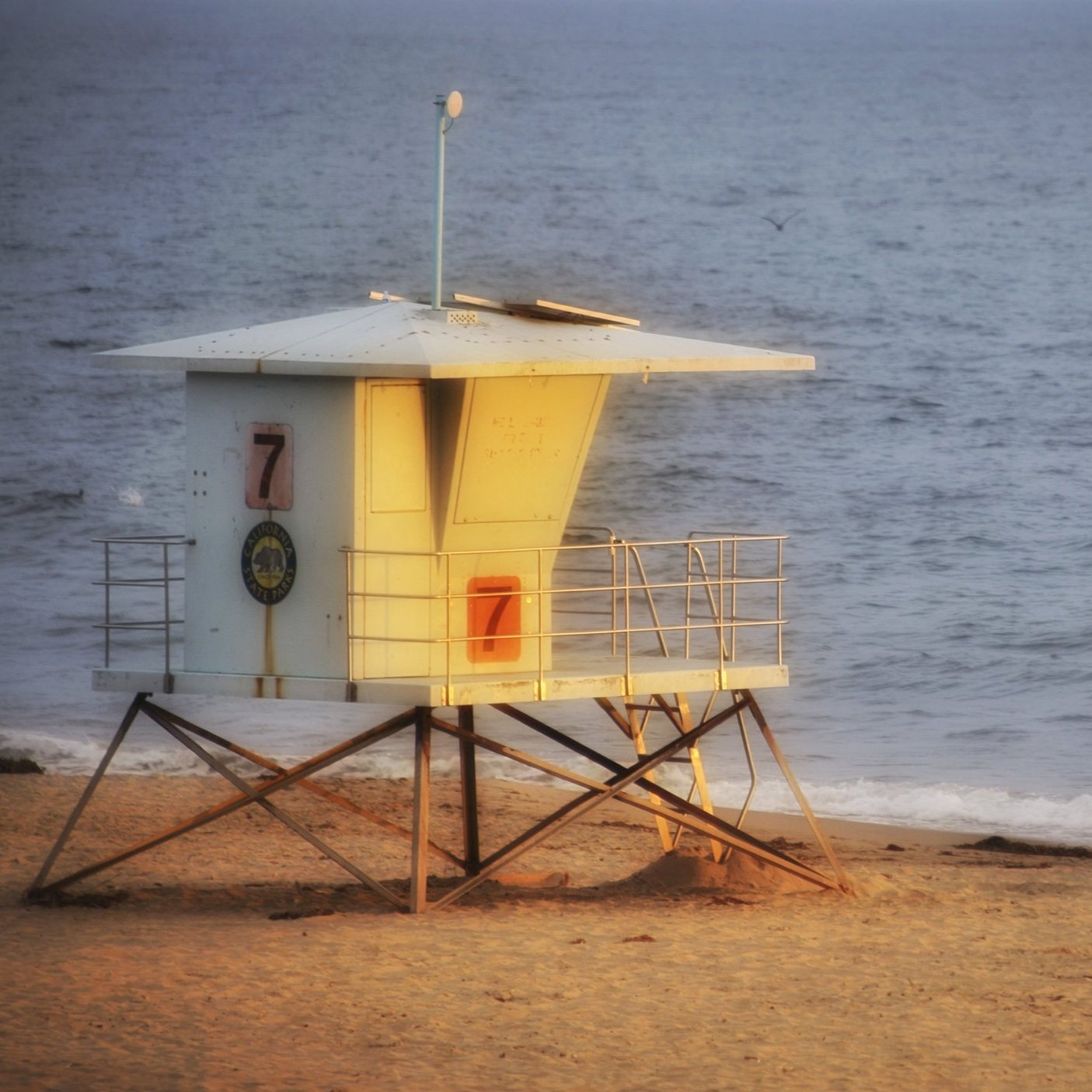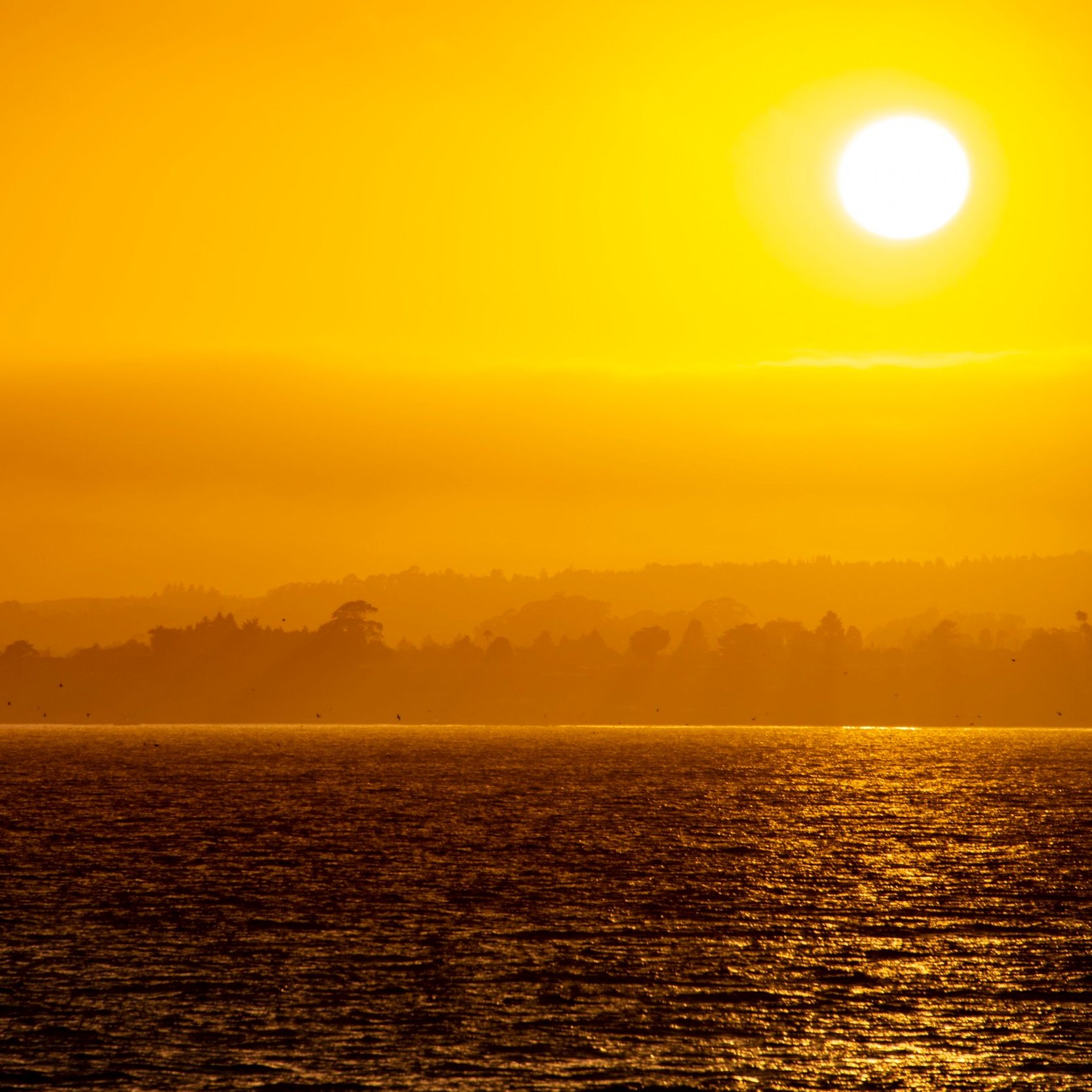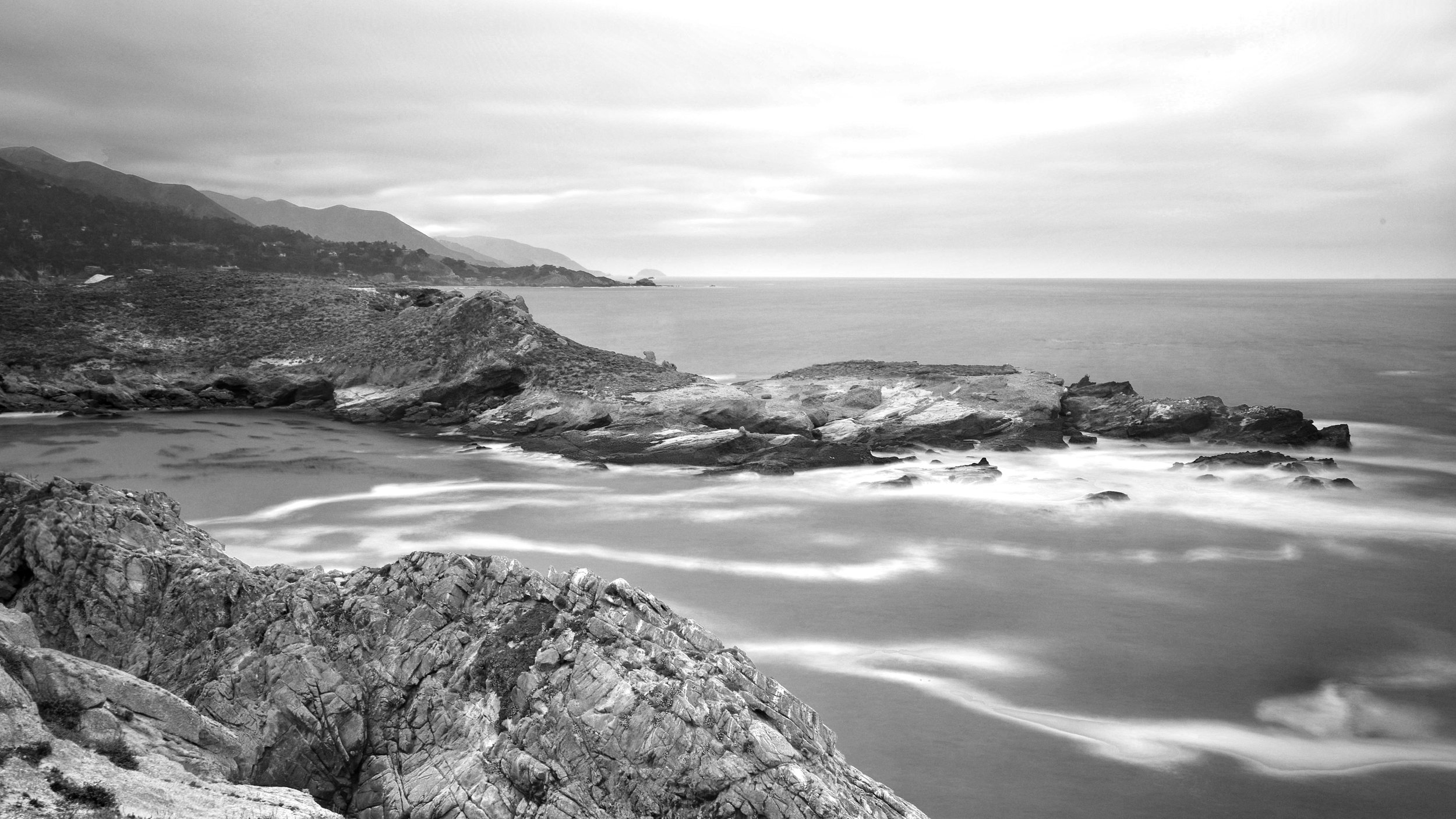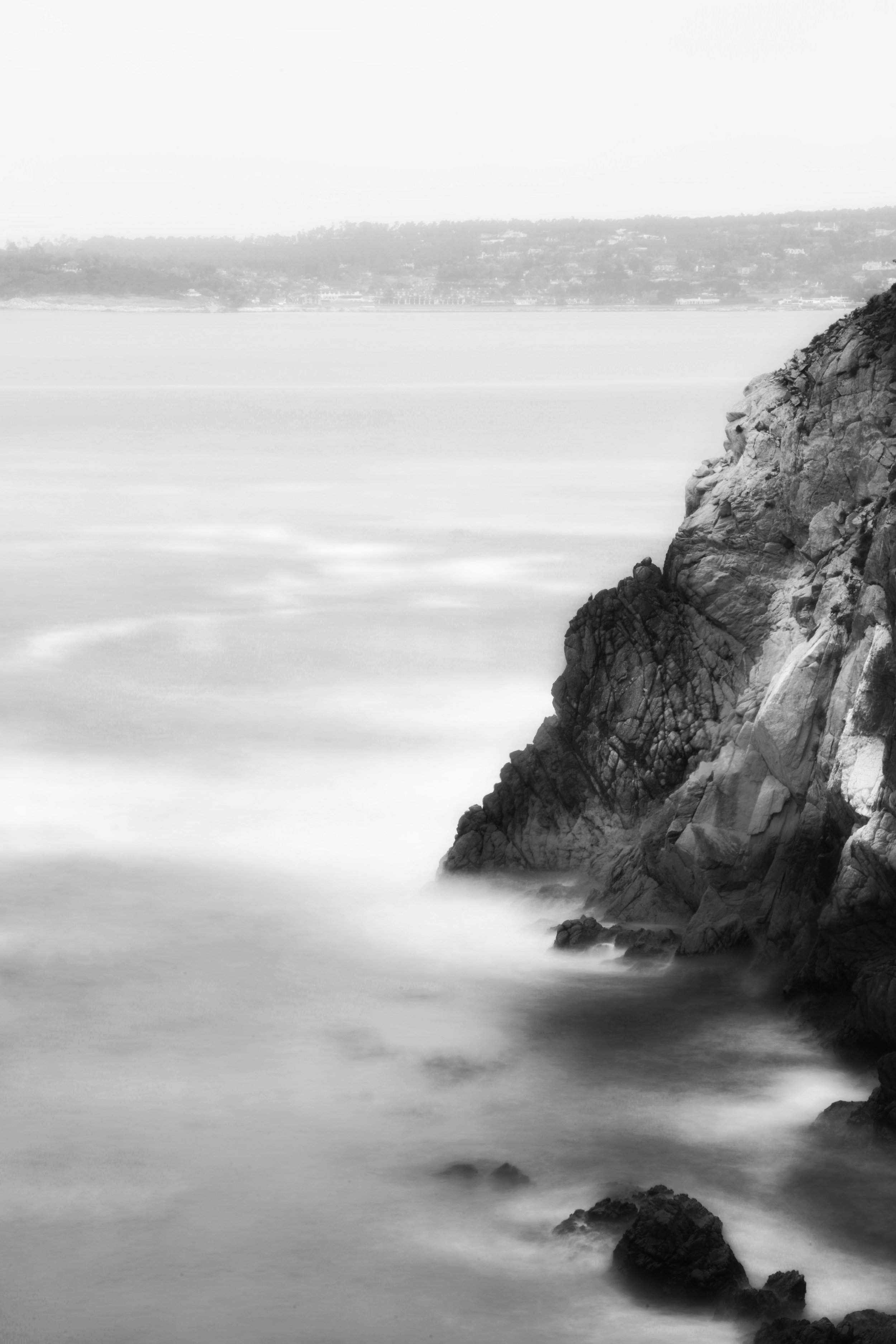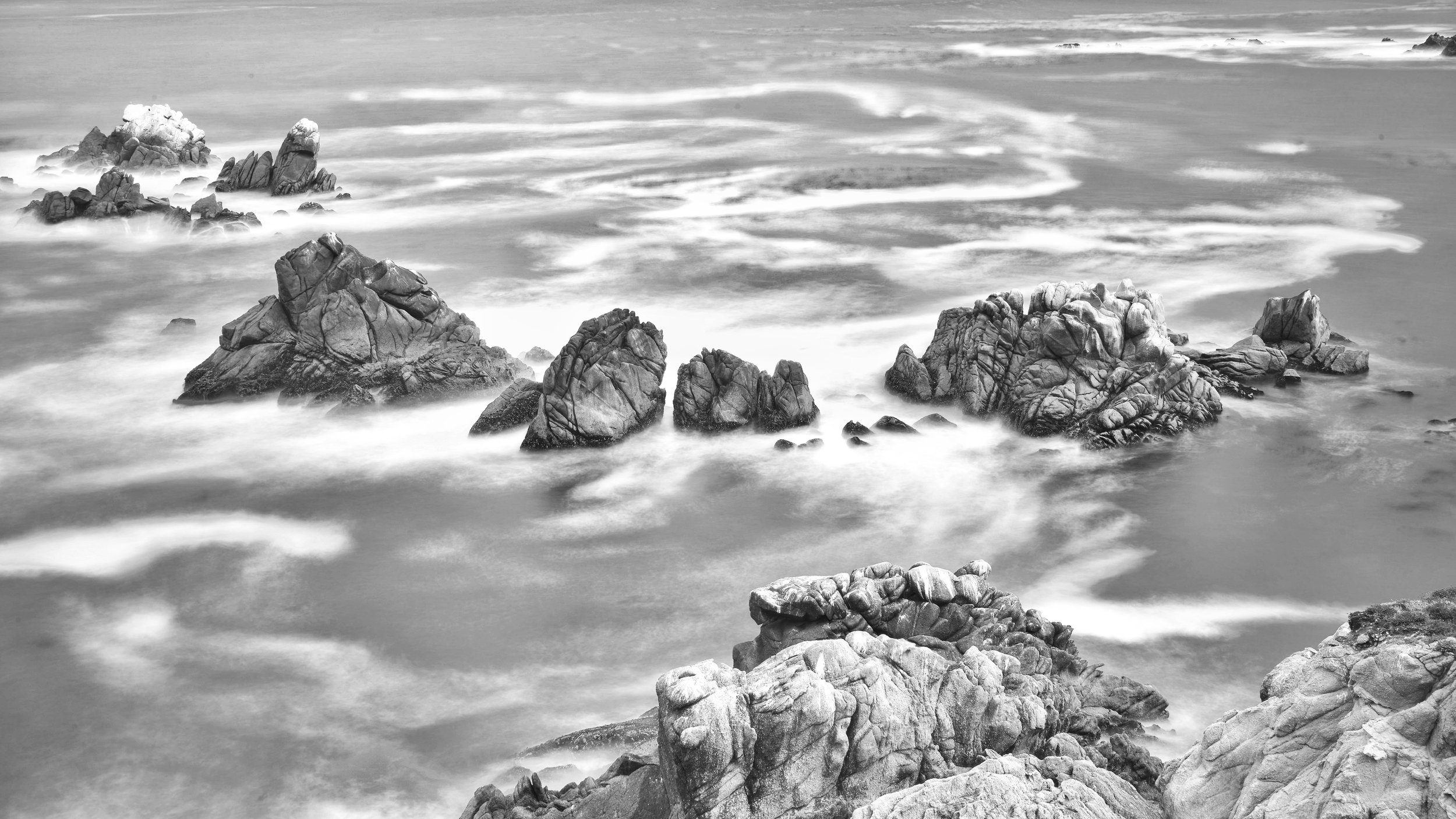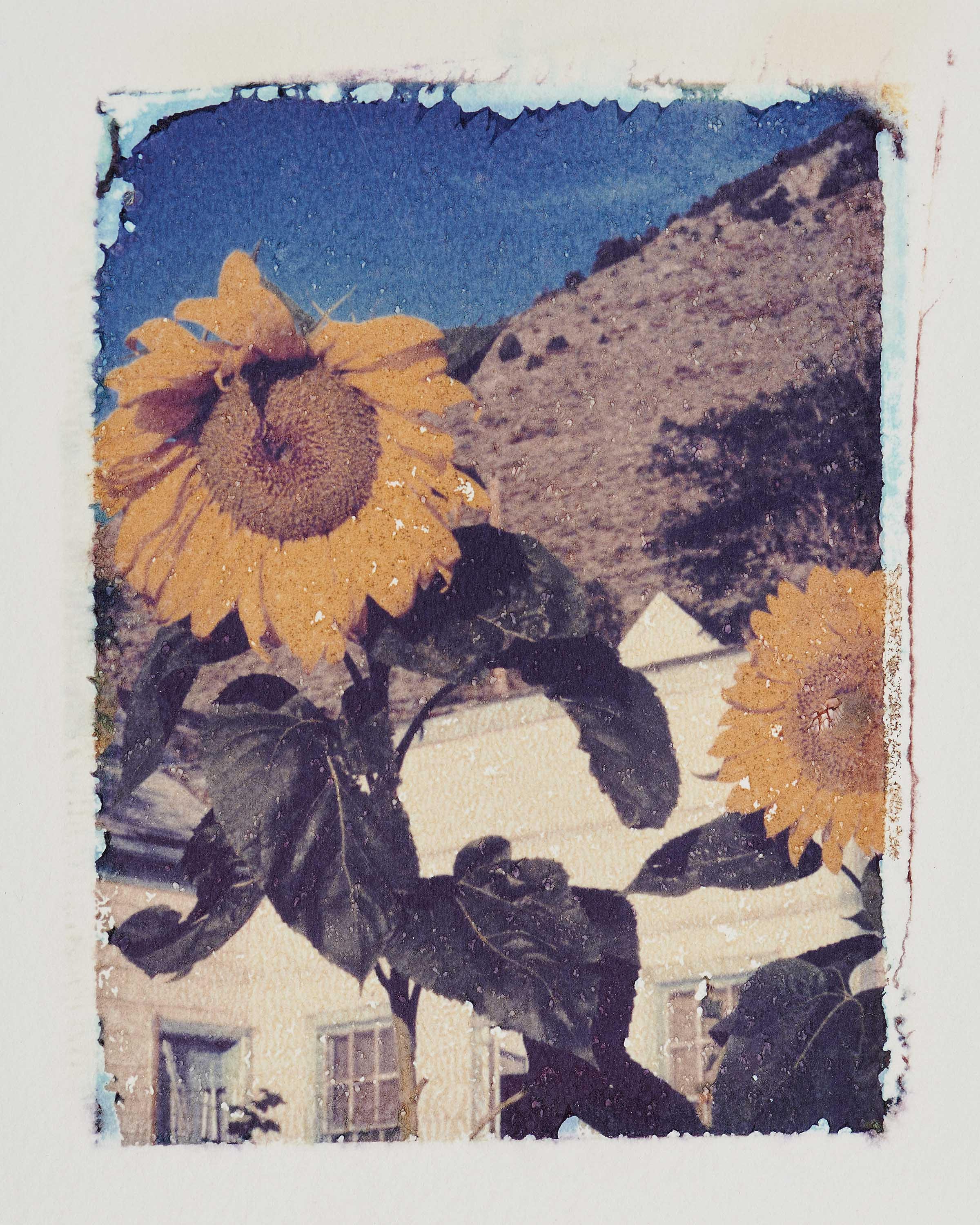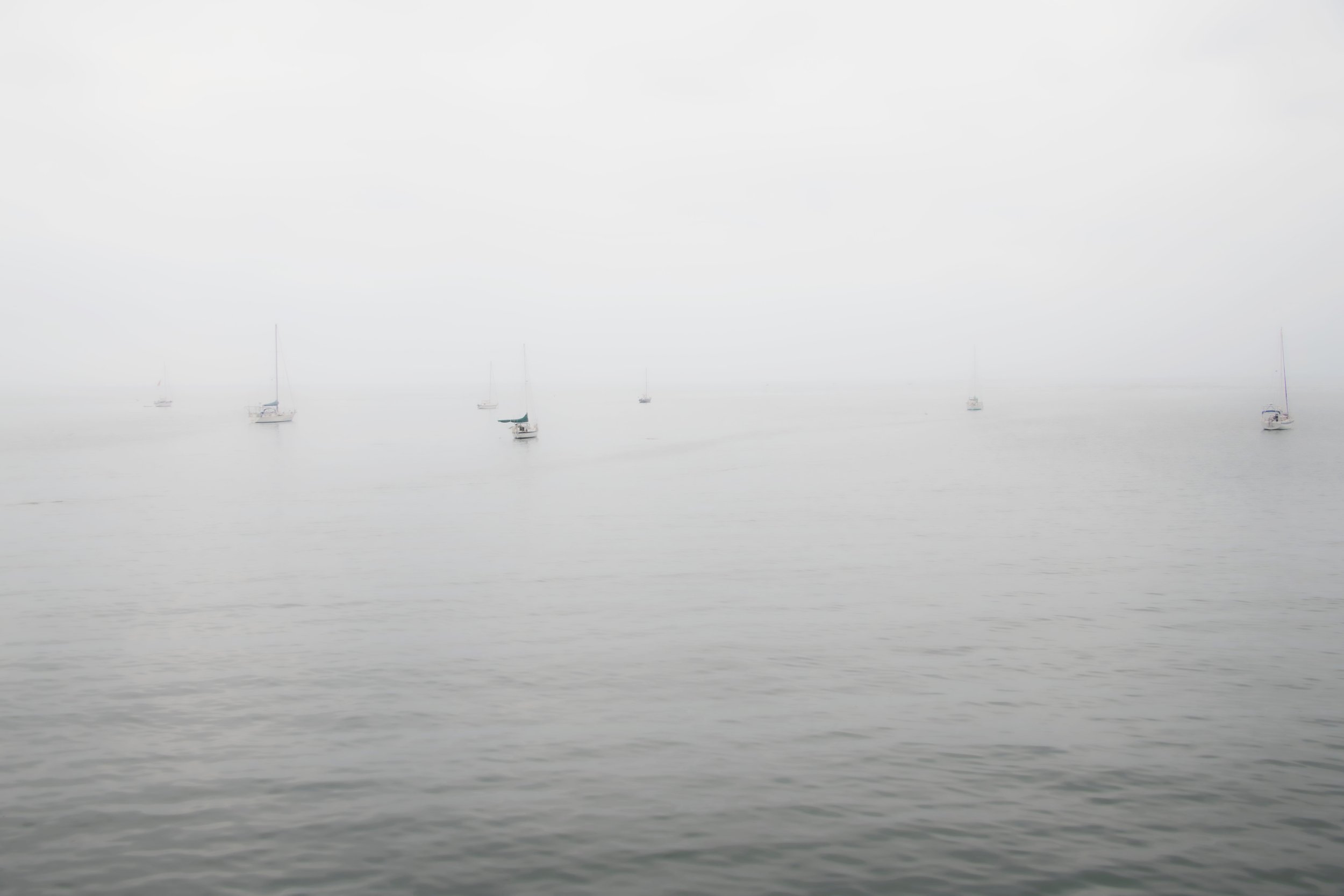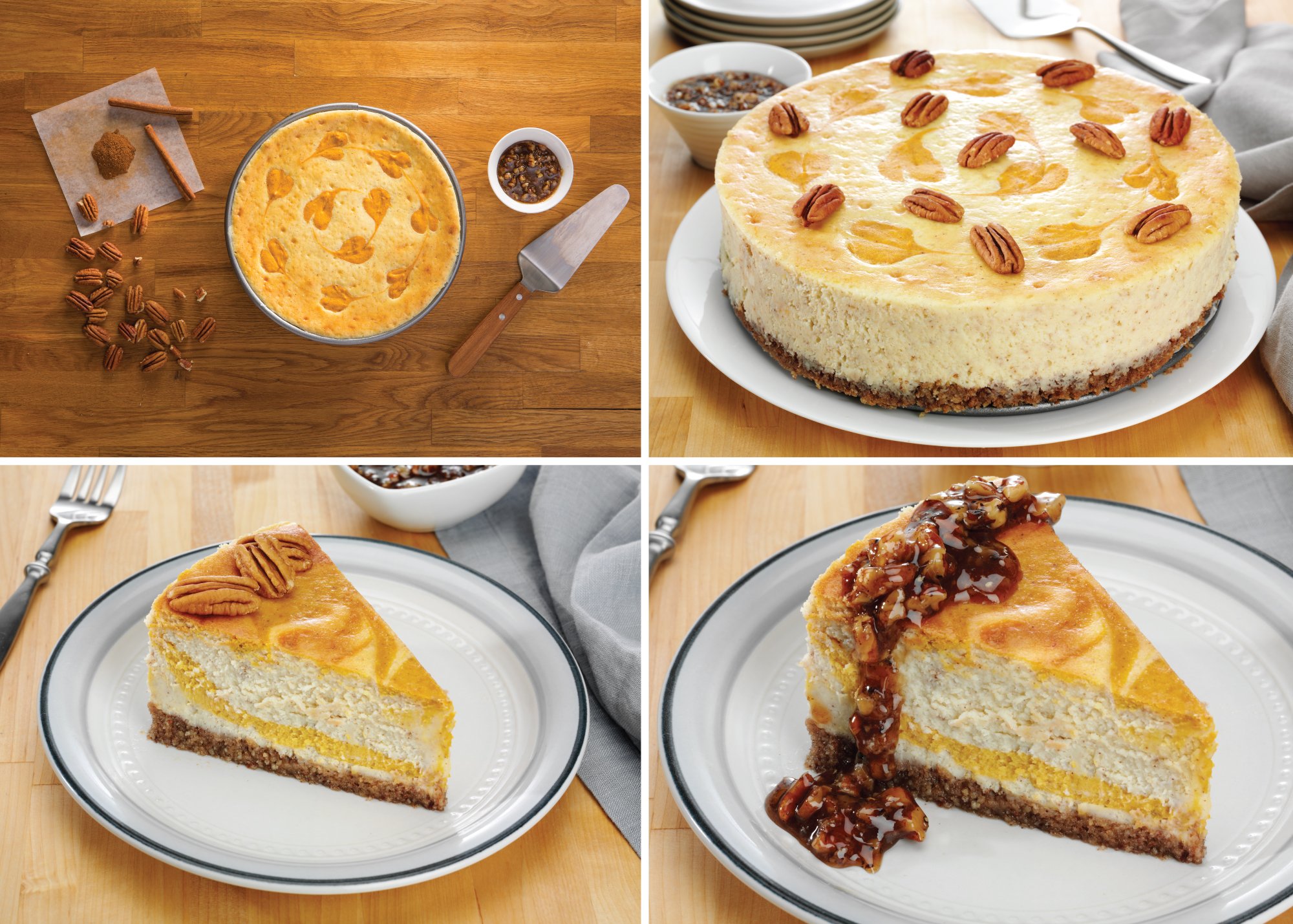Most people take time off from their work, but what if you took some time off to work on your work? Among creative types, this is called an artist retreat.
Setting aside a chunk of time to develop your craft will give you something to look forward to all year. Artist retreats are great for both professional and amateur artists. And I’d wager that this concept could benefit anyone in any profession.
In this post, I’ll share my definition for an artist retreat, how I started taking them, ideas for what to do on a retreat, and what you’ll likely get out of one. Peppered throughout this post are images I’ve taken on past retreats.
We’re publishing this post at the beginning of a year, because it’s a great time to plan for your retreat. But there’s no wrong time to take an artist retreat, as long as you go!
What Is an Artist Retreat?
Let’s start by saying that an artist retreat (or, creative trip, as I call it) is not the same thing as a vacation. Though artist retreats can be relaxing, the goal is to focus on creative pursuits and expand your horizons as an artist.
Some people pay to attend professional facilities that are specially designed as artist retreats. However, you can easily recreate the concept on your own.
All that’s required is getting out of your standard geographic or physical space, so you can mentally get out of your standard ways of thinking and doing.
Also, I should note that while “retreat” is in the name, you need not be alone. In other words, it’s your daily life and surroundings you’re retreating from, not all people. I typically bring along my buddy Chris, who is a fine artist. Chris does his own creative exploration while I do mine.
How I Started Taking Artist Retreats
I took my first creative trip 27 years ago. It started with my mother, who was a commercial artist and is now a watercolor painter and instructor in her post-professional life. She was invited to teach classes once a year at an artist retreat in Nevada. Even though I can’t paint to save my life, she asked if I wanted to bring my camera and come along.
During the retreat, my mom and her students painted while I took photos of my choosing, then we critiqued each other’s work. I found this feedback helpful in refining my composition skills and seeing things differently.
So I kept going, for several decades now.
Last year’s trip (2021) was quite different, however. Smoke from the forest fires in California made the air unbreathable at the Nevada retreat location. My mom’s class was cancelled, but we didn’t want to call off our personal artist retreats. So some of us rented a house on the beach in California, and created art there instead.
Ideas for What to Do During Your Artist Retreat
So what do you actually do while on an artist retreat? Here are two ideas that have worked for me:
Learn a new skill, or practice using a new tool.
I often use my yearly retreat as an opportunity to learn a new piece of equipment or software, or just a new way of doing things.
One year, I used the time to learn Photoshop. Hunkered down in the mountains, without TVs or radios — and before the advent of smartphones — was a good environment to focus on expanding my skills.
This year, I experimented with taking photographs using an infrared filter (which is an actual physical filter, not software). When you look at the filter itself, it’s so dark you can’t even see through it. The filter blocks the spectrum of light we normally see, and only lets infrared light through.
I decided to try it out shooting in black and white. With the infrared filter and a long exposure, the resulting photos can be haunting — almost the inverse of what you’d expect to see. When you photograph moving water through the infrared filter, it gives an ethereal impression. There’s no motion to the water, because there’s so much motion that it becomes a blur.
Create personal work that’s different from your standard professional projects.
Earlier in my career, I hired consultants, who said I needed to develop a unique style to be successful. On the contrary, I’ve found success doing the total opposite.
As a photographer, I’ve hung my hat on delivering solid, consistent, professional work to clients. When clients spend thousands for a photo shoot in our studio, they expect everything to be perfectly in line with their look and branding. Hiring somebody with their own kooky aesthetic might not work.
That said, an artist retreat is the perfect place to explore personal artistic impulses, especially if you primarily make creative work for clients. When I’m on retreat, I’m creating as an extension of myself rather than an expression of someone else’s brand or identity. And that tends to be very stimulating.
I frequently experiment with different styles on my retreats. Once I created a series of photographs of Civil War reenactments, where I oversharpened the images. Another year, I experimented with Polaroid transfers, which use peel-apart film to transfer an image onto a different material, typically paper. The technique involves prematurely separating the two sheets of the peel-apart film and placing the negative sheet on the desired material. Then, you apply pressure with a roller to complete the transfer.
During my latest trip, I played around in a black and white minimalist style. I typically don’t do a lot of black and white work, but I was partly inspired by an Instagram account called Black & White Minimalism. Minimalist images are distinctive in that they tend to have a solitary subject, such as just a fence or one tree. This style was in the back of my head this year, and it motivated me from a process standpoint during my creative trip.
Why Plan a Yearly Artist Retreat (What You’ll Get Out of It)
There’s a certain solitude about my creative trips that is restful for me. Something about getting out of your comfort zone allows you to think differently and see differently. I find it easy to push everything else out and just look at the beauty of whatever I am shooting.
Certainly, insights from creative trips bleed into my professional work, too. When I am looking for an aesthetic, it may come from a filter that I’ve tried on these trips.
Artist retreats benefit both professional and amateur creatives. But especially if you are a professional creative who does client work, they are essential to keep your creative juices flowing.
The Takeaway: Plan Your 2022 Artist Retreat Now
An artist retreat is a valuable tool for creative people to reconnect with their personal work, experiment with different styles, or learn new artistic skills. It doesn’t need to be fancy, but you do need to get away from your normal physical environment.
Put something on the calendar today and start planning yours!


